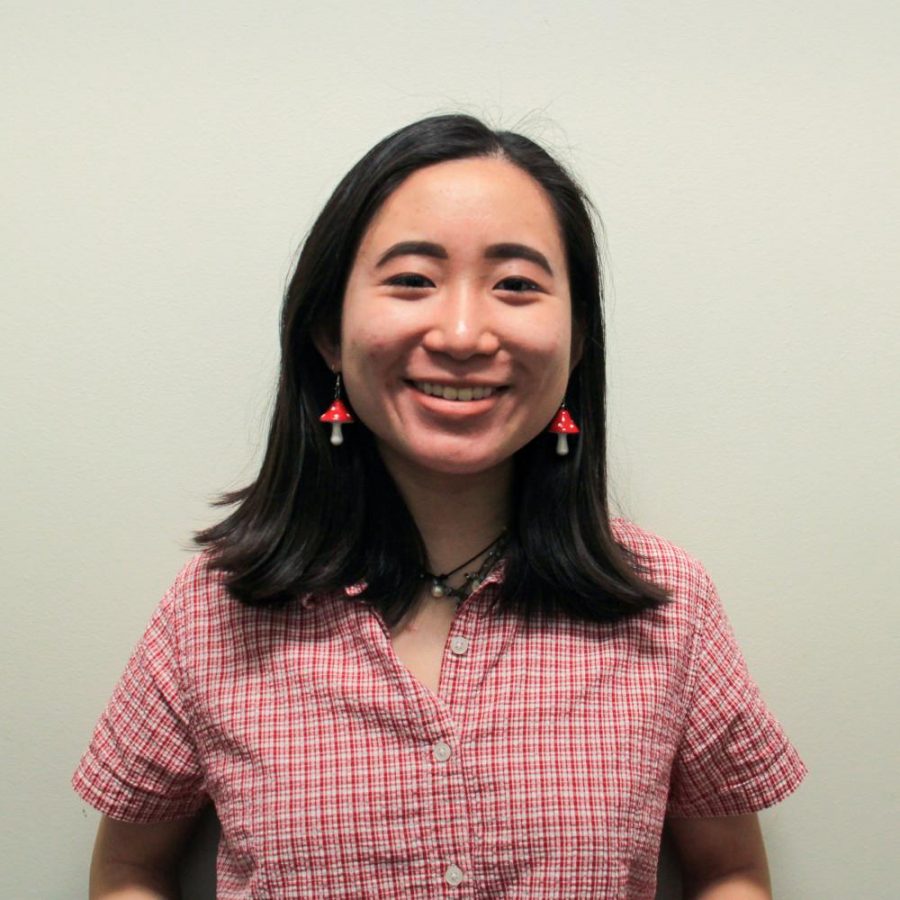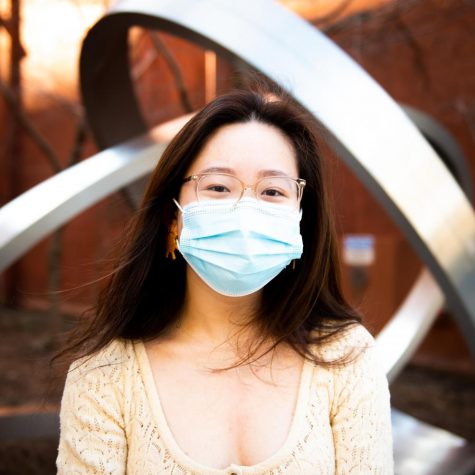Like many other universities, NYU faces an impossible catch-22 as our government’s incompetent response to the pandemic causes COVID-19 to continue to ravage this country. NYU can either reopen and take on the risk of a coronavirus outbreak or upset the thousands of students who have already moved in and go remote.
We’ve seen this decision play out before. Within one week of students arriving on campus, the University of North Carolina at Chapel Hill went completely online after 130 students tested positive for coronavirus. The University of Notre Dame moved classes online and closed public spaces for at least two weeks after a spike of coronavirus cases only eight days into the semester. Other universities, though, such as the University of Georgia — which recorded at least 390 cases — still plan to hold in-person classes.
These numbers are clearly concerning, yet many colleges are betting on the pipe dream that students won’t be reckless, that people can effectively remain six feet apart, that the coronavirus will skip over a particular college campus. In response, NYU has come up with extensive preventative measures to minimize the spread of COVID-19 as it partially opens back up. All students, faculty and employees are required to get tested and submit verification before entering NYU buildings. A randomized sample of students, faculty and employees are required to be tested each week. Students from a list of restricted states were required to quarantine for two weeks.
The hassle of enforcing these preventative measures against the daunting reality that it only takes one student to make a poor choice that will force everyone to go home seems too much to bear. Yet, NYU is still choosing to reopen anyway. In fact, roughly 60% of universities plan for some form of an in-person semester. In order to understand NYU’s decision — one many other universities have made — we must analyze the economic circumstances for higher education institutions.
In reality, the decision to reopen a school isn’t solely based on what is best for the student body. NYU Professor Scott Galloway published an article in Business Insider analyzing the future of higher education in these dire circumstances. Galloway notes that “college is an expensive operation with a relatively inflexible cost structure.” This means that if students don’t return in the fall, the revenue source many universities receive is severely diminished.
The universities that have opted for the much safer option of holding the semester remotely all have one thing in common: they can afford to. Schools like Harvard and Yale, each touting endowments in the tens of billions, will be able to absorb whatever loss of revenue occurs even if they go mostly online. When a college chooses to go online, it will inevitably lose a portion of its students and forgo the money they receive from residence halls and dining facilities. Galloway predicts that many universities that have high tuition and admit rates, low endowments and less name-recognition will perish as their financial situations become too dire to confront the changing circumstances.
NYU and other similar universities are backed into a ruthless financial market. NYU needs to continuously poach famous professors, retain the name-brand ones with high salaries and keep shelling out money for campus amenities that can be featured on glossy brochures. To exacerbate these circumstances, Baumol’s cost disease explains that salaries in jobs that have had little to no increases in labor productivity will still experience upward salary pressures. At NYU, this has resulted with certain professors and administrators receiving generous kick-backs. Those excluded from NYU’s financial equation, such as adjunct professors, are stuck with insecure, low-paying jobs.
Right now, NYU is in a unique position. Unlike many other universities, NYU is even more vulnerable to the coronavirus. With no gates to guard campus, it doesn’t even need to be a student to catalyse the next outbreak — it could be any passerby on University Place. Though NYU touts a large $4.3 billion endowment, its large student body makes its endowment-to-student ratio considerably lower, ranking at only #195 in the country. This corners NYU into a more fragile financial situation than its endowment may suggest. In fact, last semester, NYU revealed that they took on the most severe financial damage done in 50 years. The spring 2020 semester incurred approximately $100 million in costs and the summer resulted in a revenue shortfall of as much as $150 million. Despite all of these circumstances, NYU’s new robust set of policies have been working so far — out of over 10,792 students and faculty tested so far, only 10 have come back positive. The possibility that NYU could spearhead the plans universities must carry out to hold a successful hybrid semester has not been extinguished quite yet. However, the recent food fiasco for students in quarantine harbinger a more dire future.
Two weeks ago, NYU welcomed thousands of out-of-state students into its residence halls. In a couple of days, thousands more students from the tri-state area will move-in. As students begin to come into contact with more and more people, NYU will be carefully weighing out its financial options. The fluctuating health of the city, the level of carelessness the student body chooses to embark on and the balance of NYU’s checkbook will determine whether or not students will go home in a couple weeks.
Opinions expressed on the editorial pages are not necessarily those of WSN, and our publication of opinions is not an endorsement of them.
A version of this article appeared in the Monday, August 31, 2020 e-print edition. Email Emily Dai at [email protected].
























































































































































